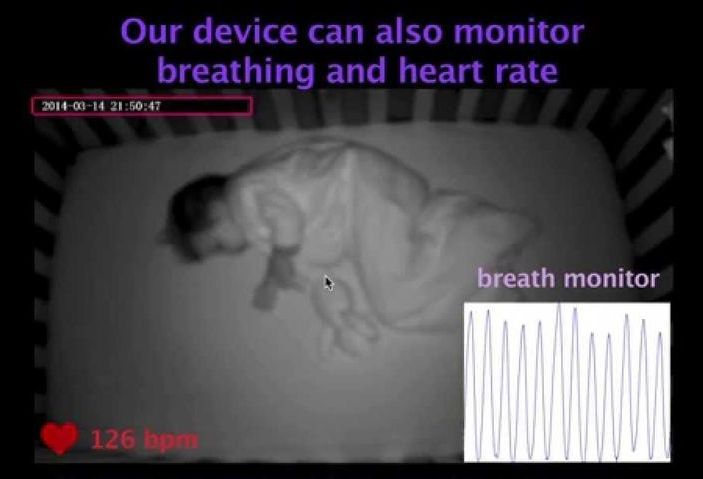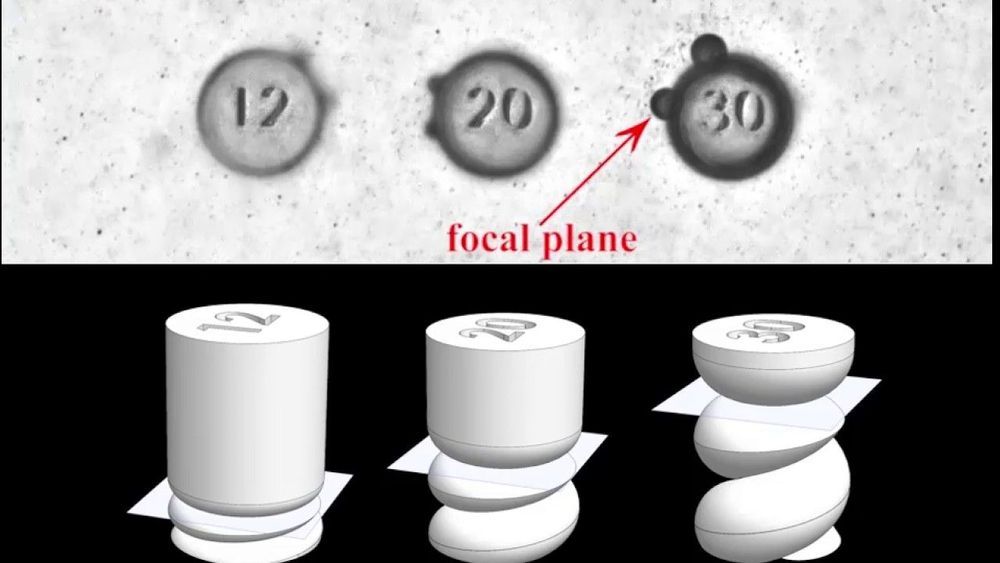Jul 1, 2019
Octopus Arms Are Capable of Making Decisions Without Input From Their Brains
Posted by Shailesh Prasad in categories: food, neuroscience
With the ability to use tools, solve complex puzzles, and even play tricks on humans just for funsies, octopuses are fiercely smart. But their intelligence is quite weirdly built, since the eight-armed cephalopods have evolved differently from pretty much every other type of organism on Earth.
Rather than a centralised nervous system such as vertebrates have, two-thirds of an octopus’s neurons are spread throughout its body, distributed between its arms. And now scientists have determined that those neurons can make decisions without input from the brain.
Continue reading “Octopus Arms Are Capable of Making Decisions Without Input From Their Brains” »
















